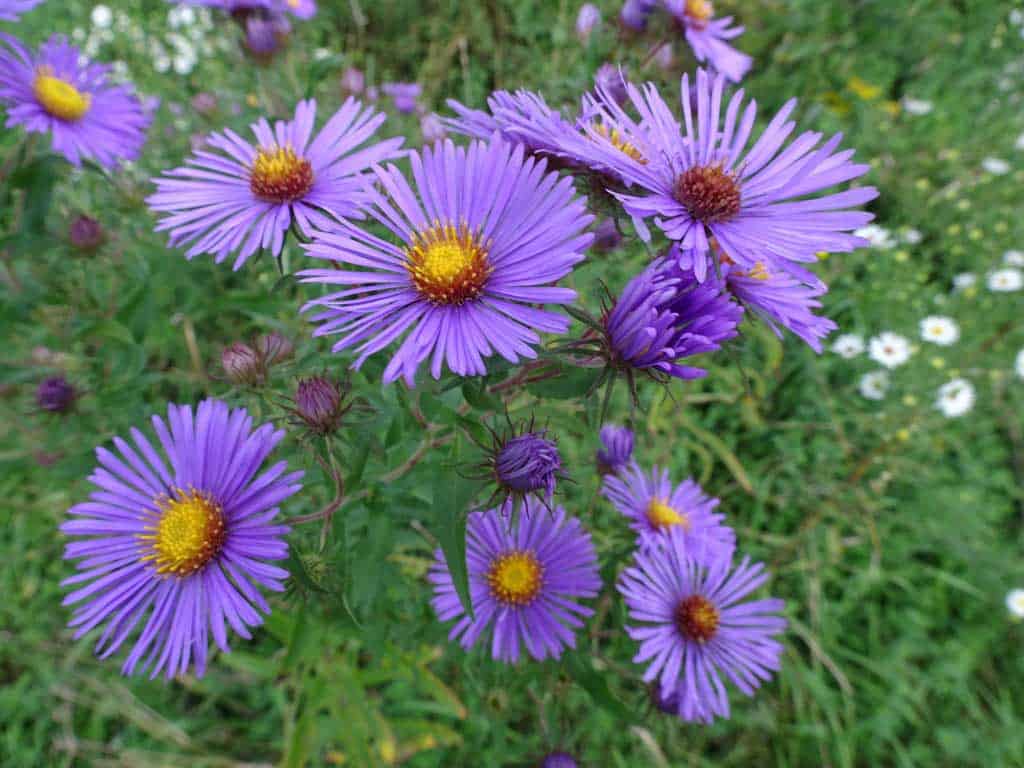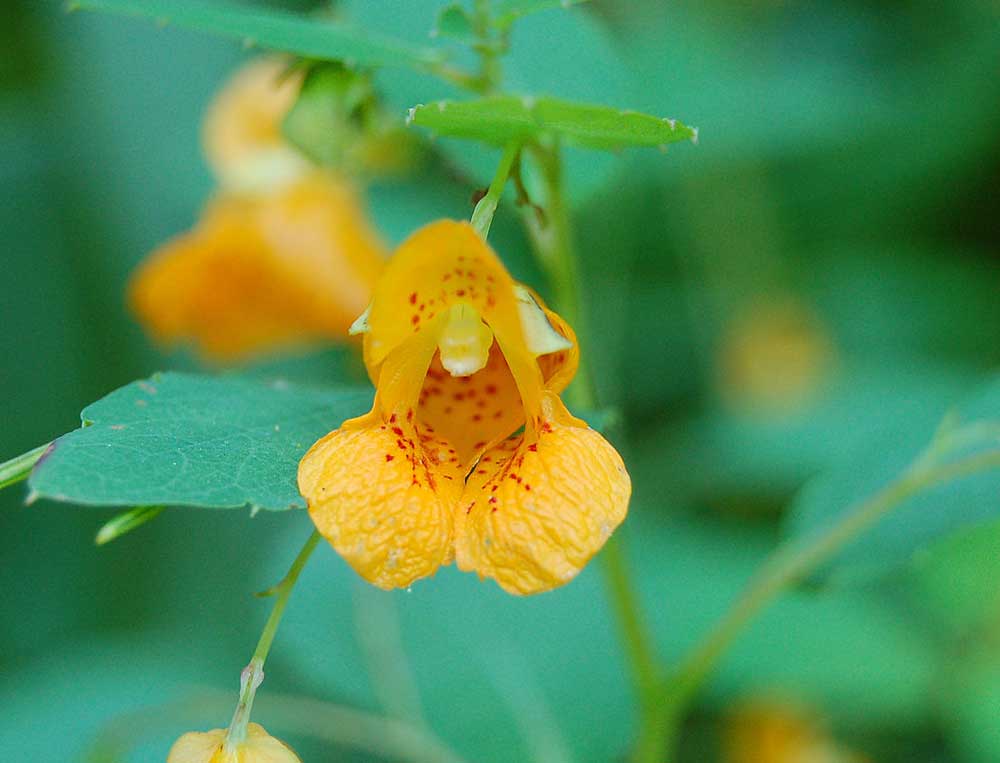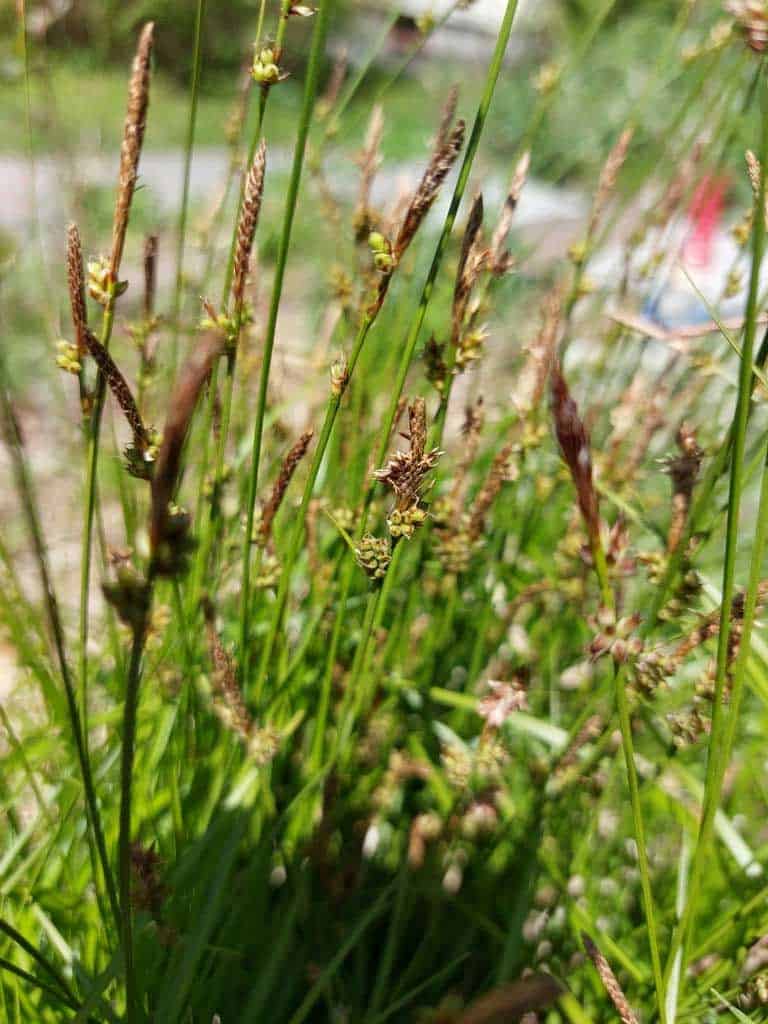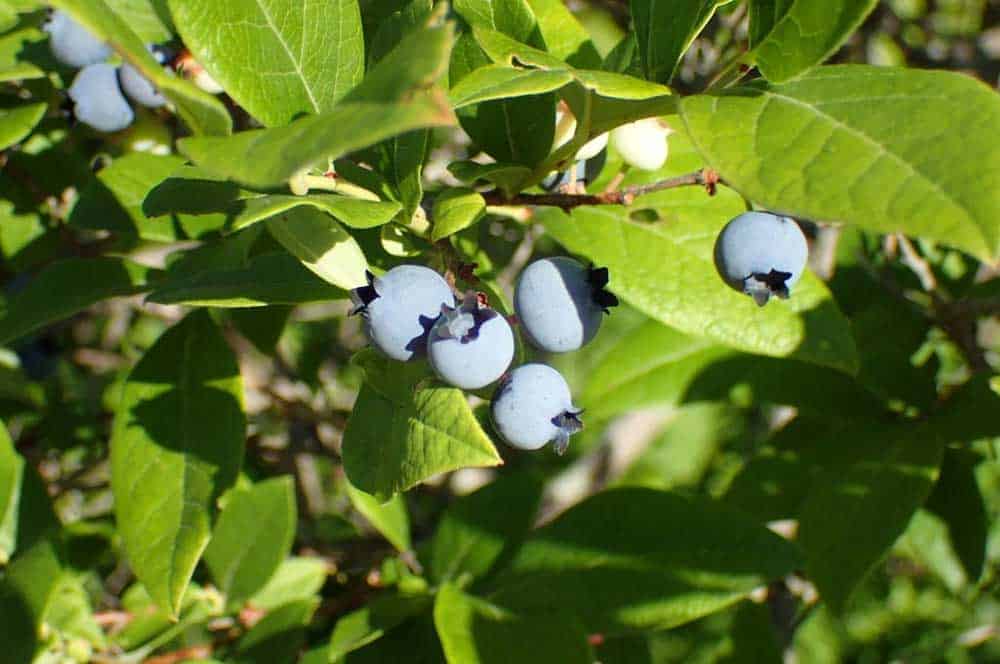Montpelier, VT 05602
Native plants play a crucial role in supporting local ecosystems and wildlife in Vermont. This curated list of 20 native plants, specifically selected for the Montpelier area and the Northeastern Highlands EPA Level III ecoregion, offers a diverse range of perennials, annuals, grasses, and shrubs that are not only beneficial to pollinators and wildlife but also easy to grow and maintain in home gardens.

Perennial Forbs for Montpelier
Perennial forbs are essential components of native gardens in Montpelier, offering long-lasting beauty and crucial support for local wildlife. The following list highlights some of the most beneficial and easy-to-grow native perennial forbs for the Northeastern Highlands ecoregion:
- Purple Coneflower (Echinacea purpurea) – Attracts bees and butterflies with its vibrant flowers, while providing seeds for birds in winter. [full sun]
- Joe Pye Weed (Eutrochium maculatum) – Tall, late-blooming perennial that serves as an excellent nectar source for butterflies and other pollinators. [full sun to partial shade]
- New England Aster (Symphyotrichum novae-angliae) – Provides late-season pollen and nectar for insects, with seeds that feed birds through fall and winter. [full sun]
- Wild Bergamot (Monarda fistulosa) – Attracts a wide variety of pollinators, including bees, butterflies, and hummingbirds. [full sun to partial shade]
- Goldenrod (Solidago spp.) – Offers crucial late-season nectar for pollinators and seeds for birds. [full sun]
- Black-Eyed Susan (Rudbeckia hirta) – Provides pollen and nectar for bees and butterflies, with seeds that attract birds. [full sun]
- Wild Geranium (Geranium maculatum) – Early-blooming perennial that supports various pollinators and adds beauty to shade gardens. [partial shade to full shade]
These perennial forbs not only contribute to a vibrant and diverse garden but also play a crucial role in supporting local ecosystems by providing food and habitat for a wide range of wildlife throughout the growing season.

Annual Forbs for Montpelier
Annual forbs can provide quick color and vital resources for pollinators in Montpelier gardens. Here’s a list of native annual forbs well-suited to the Northeastern Highlands ecoregion:
- Partridge Pea (Chamaecrista fasciculata) – Attracts bees and butterflies with yellow flowers, also serves as a host plant for sulphur butterflies. [full sun]
- Common Sunflower (Helianthus annuus) – Provides abundant pollen and nectar for bees, with seeds that feed birds in fall and winter. [full sun]
- Spotted Jewelweed (Impatiens capensis) – Attracts hummingbirds and bees with its orange flowers, thrives in moist areas. [partial shade to full shade]
- Canada Hawkweed (Hieracium kalmii) – Offers yellow flowers that attract various pollinators, adaptable to different soil types. [full sun to partial shade]
These native annuals not only add vibrant colors to gardens but also provide crucial resources for pollinators and wildlife. They are relatively easy to grow and can self-seed, potentially returning year after year in suitable conditions.

Native Grasses for Montpelier
Native grasses are essential components of a diverse and ecologically beneficial garden in Montpelier, Vermont. These grasses provide food, shelter, and nesting materials for wildlife while adding texture and year-round interest to the landscape. Here’s a list of native grasses well-suited for the Northeastern Highlands ecoregion:
- Little Bluestem (Schizachyrium scoparium) – A clump-forming grass with blue-green foliage that turns reddish-bronze in fall, providing winter interest and seeds for birds. [full sun]
- Switchgrass (Panicum virgatum) – Tall, upright grass that offers cover for wildlife and seeds for birds, with attractive fall colors. [full sun to partial shade]
- Pennsylvania Sedge (Carex pensylvanica) – A low-growing, shade-tolerant grass-like plant that forms an excellent groundcover and provides food for wildlife. [partial to full shade]
- Tufted Hairgrass (Deschampsia cespitosa) – Forms attractive clumps with delicate, airy flower heads that add texture to gardens and provide seeds for birds. [full sun to partial shade]
- Prairie Dropseed (Sporobolus heterolepis) – A fine-textured, mounding grass with fragrant flowers and seeds that attract birds and small mammals. [full sun]

Shrubs and Small Trees for Montpelier
Native shrubs and small trees play a vital role in Vermont’s ecosystems, providing food, shelter, and nesting sites for wildlife while adding structure and year-round interest to gardens. Here’s a selection of native shrubs and small trees well-suited for Montpelier’s climate and beneficial to local wildlife:
- Serviceberry (Amelanchier canadensis) – Produces white flowers in spring, edible berries in summer, and attractive fall foliage; favored by birds and pollinators. [full sun to partial shade]
- Speckled Alder (Alnus incana) – Early-blooming shrub that provides food and cover for birds; thrives in wet soils and hosts numerous caterpillar species. [full sun to partial shade]
- Red-osier Dogwood (Cornus sericea) – Offers white flowers in spring, berries for birds in summer, and striking red stems in winter. [full sun to partial shade]
- Highbush Blueberry (Vaccinium corymbosum) – Provides berries for birds and humans, nectar for pollinators, and vibrant fall foliage. [full sun to partial shade]
- Witch Hazel (Hamamelis virginiana) – Late-blooming shrub with fragrant yellow flowers that support pollinators; provides winter interest. [partial shade]
- Winterberry (Ilex verticillata) – Deciduous holly with bright red berries that persist through winter, providing food for birds. [full sun to partial shade]
These native shrubs and small trees not only enhance biodiversity but also create a layered, naturalistic landscape that supports a wide range of wildlife throughout the seasons.
